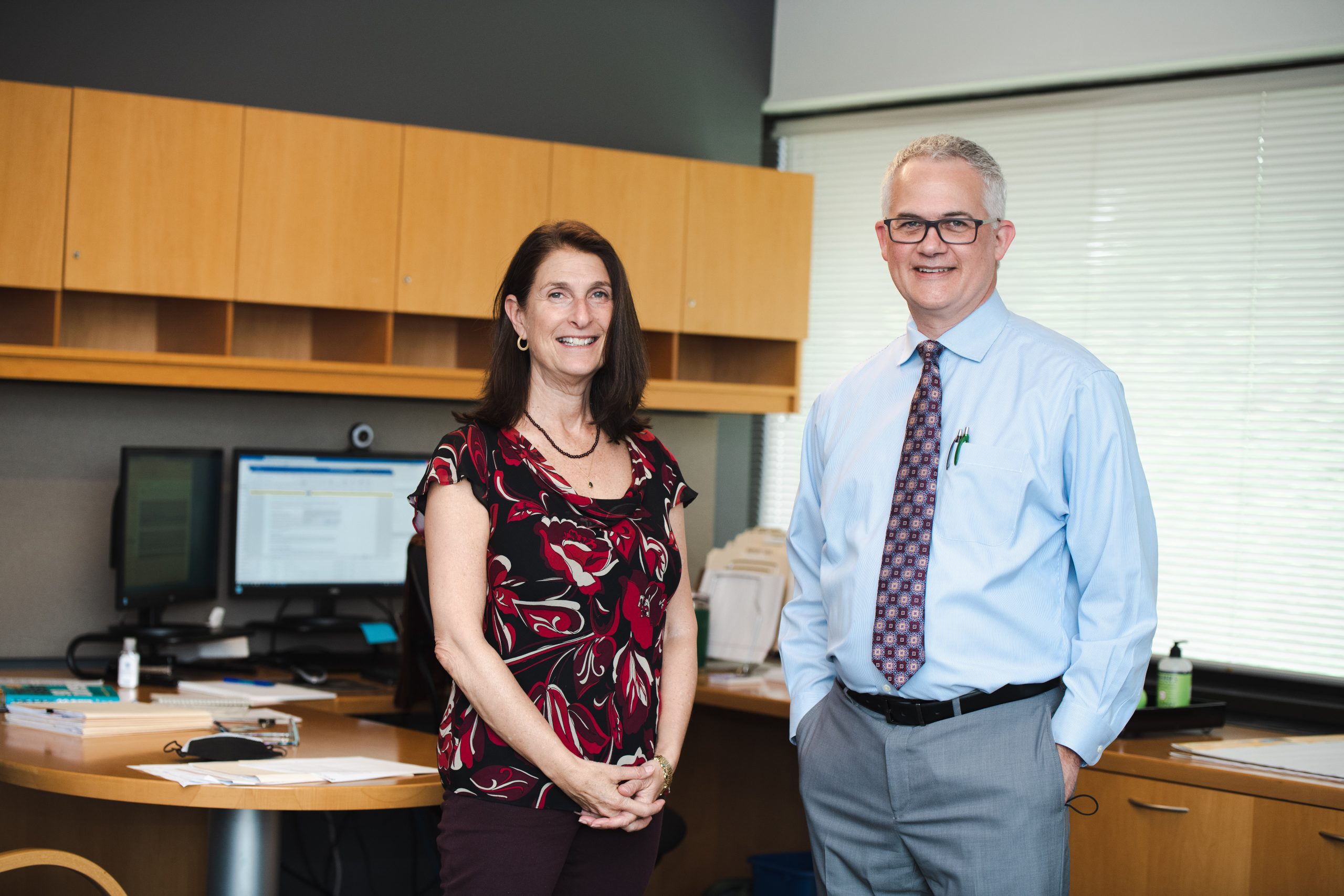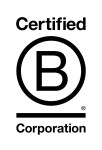For the better part of 15 years, Charles Bodie worked for a large, multinational investment bank and financial services holding company, first in private wealth management, and later in credit risk. Although he enjoyed his work, when Charles relocated to New Haven, Connecticut nearly three years ago, he began to look for other employment opportunities. That’s how he learned about Capital for Change, the largest full-service Community Development Financial Institution (CDFI) in Connecticut.

Charles Bodie, Capital For Change’s Chief Financial Officer.
While Charles didn’t initially set out to work in the CDFI sector, he says that he was attracted to Capital for Change because of its mission-driven practices. “The loans and other activities that Capital for Change do really make a difference for people that otherwise might not receive those opportunities from other financial institutions,” he said. “For me, that just meant so much.” In 2019, Charles became Capital for Change’s Director of Finance and Reporting, and he’s since stepped into the position of Chief Financial Officer.
Capital for Change was created in 2016 after three established CDFIs — Community Capital Fund, Greater New Haven Community Loan Fund, and Connecticut Housing Investment Fund — merged into one. Today, each of Capital for Change’s programmatic, product, and service offerings are rooted in those founding CDFIs’ combined decades of experience and expertise. According to Charles, Capital for Change takes a diverse approach to lending, which centers around what the CDFI refers to as “The Core Four.” Those complementary missions include affordable housing, energy efficiency lending, loan servicing, and community development loans. “The need for affordable housing is paramount, but the fact that we can actually touch on multiple missions is even better.” Charles said. “The more we can do in more diverse ways, the better.”
 Charles is especially excited about Capital for Change’s energy efficiency loans, which help homeowners to conserve energy usage and decrease costs through audits, retrofits, and alternative/clean energy improvements. Charles estimates that on the consumer side, the CDFI has originated more than $87 million in efficiency loans. These loans stem from various programs and funding initiatives — ranging from replacing 80-year-old oil furnaces to installing solar panels — led by Connecticut’s Public Utilities Regulatory Authority. Because the state utilities cannot be a lender , the utilities funds are “farmed out” to various lending organizations, including Capital for Change. “The utilities created the products, and what we do is we bring the consumers together with the contractors that can do the work and use the utilities’ money,” Charles said. “We’re the ones who bring all of that together.”
Charles is especially excited about Capital for Change’s energy efficiency loans, which help homeowners to conserve energy usage and decrease costs through audits, retrofits, and alternative/clean energy improvements. Charles estimates that on the consumer side, the CDFI has originated more than $87 million in efficiency loans. These loans stem from various programs and funding initiatives — ranging from replacing 80-year-old oil furnaces to installing solar panels — led by Connecticut’s Public Utilities Regulatory Authority. Because the state utilities cannot be a lender , the utilities funds are “farmed out” to various lending organizations, including Capital for Change. “The utilities created the products, and what we do is we bring the consumers together with the contractors that can do the work and use the utilities’ money,” Charles said. “We’re the ones who bring all of that together.”
Capital for Change also offers multifamily energy loans through a program called LIME (Low Income Multifamily Energy), in which the CDFI works on a project-by-project basis with property owners to make energy efficiency improvements to multifamily properties and condominium developments that meet certain requirements (e.g. no fewer than 5 units and at least 60% of units affordable to households at no higher than 80% of Area Median Income). According to Charles, to make those loans work, the CDFI treats the energy efficiency updates as a kind of collateral. “If we know that you’re going to save, say, $50,000 in maintenance and utility costs over the next 10 years,” he explained, “then when we put these improvements in place, you pay it back to us with those savings. It’s a novel way to approach energy efficiency lending.”

Charles shared an example from a recent project in Bridgeport, Connecticut. A partner organization constructed a charter school on an old manufacturing site, and Capital for Change funded an energy efficiency refurbishment. Capital for Change worked with a company to install a fuel cell so that the school, housing for tutors, and a future housing project would be able to generate its own electricity. “We funded the fuel cell project when no one else would,” Charles said. “That one project in and of itself is a real boon for a CDFI like us because it touched on education, energy efficiency, housing, and urban blight, and it’s been phenomenally successful.”
It’s with that same kind of diversified lending approach and multi-faceted mission orientation that Capital for Change is looking to the future. Specifically, Capital for Change is interested in piloting a small business lending program in the next year or two. Most of the CDFI’s current business loans are greater than $100,000; however, if piloted, Charles said that Capital for Change might offer loans as low as $5,000 to small business owners. Additionally, Capital for Change is considering new ways to find out what its community needs, mainly through survey work and collaborations with community organizations. “Traditionally, we didn’t ask anybody about needs because we know there’s a need for affordable housing and energy efficiency,” Charles explained. “But, what is it that we don’t know? What are we missing? That’s where getting in touch with the community is really important.”

‘CNote Wants Exactly What We Want’
Given the diverse nature of Capital for Change’s work, the CDFI is able to get funding from diverse investors, including banks and the state; as is the norm, those dollars come with usage restrictions related to programs or loan types. While Charles and his team are appreciative of every loan and investment that flows into Capital for Change, he says that working with CNote changes the paradigm. “CNote wants exactly what we want, and they follow our mission,” he said. “Because so much of the funding that we receive is specific to project or loan type, there are only certain loans that qualify; but, everything can be funded with the money that CNote provides, and that’s been an excellent resource.”
Charles said that funds that come into the CDFI through CNote’s Flagship Fund create myriad possibilities for Capital for Change. For example, with CNote dollars, Capital for Change can free up capital from existing loans. That means that Capital for Change can replace money in one of its current loans with CNote money to free up capital for another loan. According to Charles, that creates other possibilities for the CDFI, including passing the benefits on to its clients by lowering interest rates on future loans.
Additionally, Charles has found that working with CNote has lightened typical CDFI reporting requirements, freeing up administrative time and costs so that he and his colleagues can focus on perpetuating Capital for Change’s missions. “CNote has really filled the space for CDFI borrowers like us,” Charles said. “For traditional banks, our world is a bit alien to them, but for CNote, they’re showing that lending evolves. They’re at the forefront of that evolution, and that’s another aspect that makes our partnership with them work really well.”
Learn More
- Capital For Change is the largest full-service Community Development Financial Institution (CDFI) in Connecticut.
- CNote is a women-led investment platform that empowers individuals and institutions to invest locally to further economic equality, racial justice, gender equity, and address climate change.












